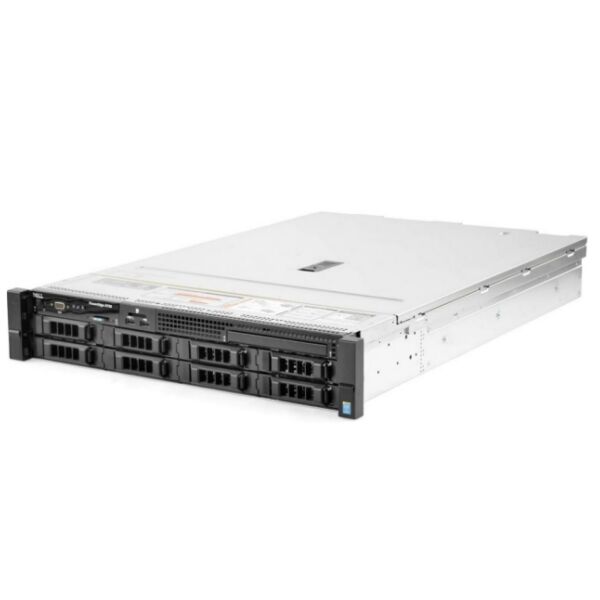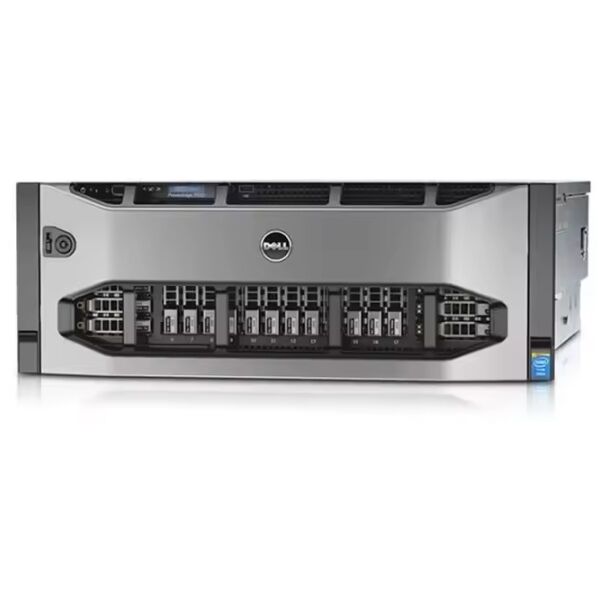data center memory
Data center memory serves as the cornerstone of modern computing infrastructure, providing the essential high-speed storage and retrieval capabilities necessary for enterprise-level operations. This specialized memory architecture is designed to handle massive data workloads while maintaining optimal performance and reliability. Operating at speeds significantly faster than traditional storage solutions, data center memory employs advanced error correction protocols and redundancy features to ensure data integrity. The technology incorporates multiple memory channels, supporting simultaneous data access and transfer operations. These systems typically utilize DDR4 or DDR5 memory modules, offering enhanced bandwidth and reduced power consumption compared to previous generations. The architecture supports both volatile and non-volatile memory configurations, allowing for flexible deployment options based on specific workload requirements. In enterprise applications, data center memory facilitates real-time data processing, database operations, virtualization, and cloud computing services. The system's design prioritizes scalability, enabling organizations to expand their memory capacity as their data processing needs grow. Additionally, modern data center memory implements sophisticated power management features, contributing to improved energy efficiency and reduced operational costs.


